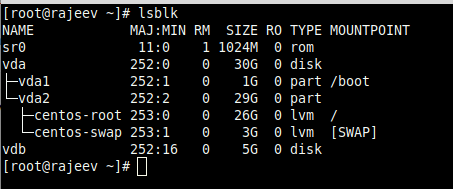SSH file configuration Setting. and Testing
I am Using 2 VM for RHEL 8.x IP 192.168.122.228 Hostname server.example.com IP 192.168.122.71 Hostname Client.example.com 1. How to Change ssh Port. [root@server ~]# vim /etc/ssh/sshd_config ( Change below Line ) #Port 22 to Port 2022 [root@server ~]# systemctl restart sshd [root@Client ~]# ssh raju@192.168.122.228 ssh: connect to host 192.168.122.228 port 22: Connection refused [root@Client ~]# ssh -p 2022 raju@192.168.122.228 raju@192.168.122.228's password: Last login: Thu Sep 22 10:05:53 2022 from 192.168.122.71 [raju@server ~]$ 2. How to Change ssh LogLevel. The possible values for LogLevel are: QUIET, FATAL, ERROR, INFO, VERBOSE, DEBUG, DEBUG1, DEBUG2 and DEBUG3. The default is INFO. DEBUG and DEBUG1 are equivalent. DEBUG2 and DEBUG3 each specify higher levels of debugging output. [root@server ~]# vim /etc/ssh/sshd_config ( Change below Line ) #LogLevel INFO to LogLevel DEBUG [root@server ~]# systemctl restart sshd [root@Client ~]# ssh raju@192.168.122.228 raju@19
